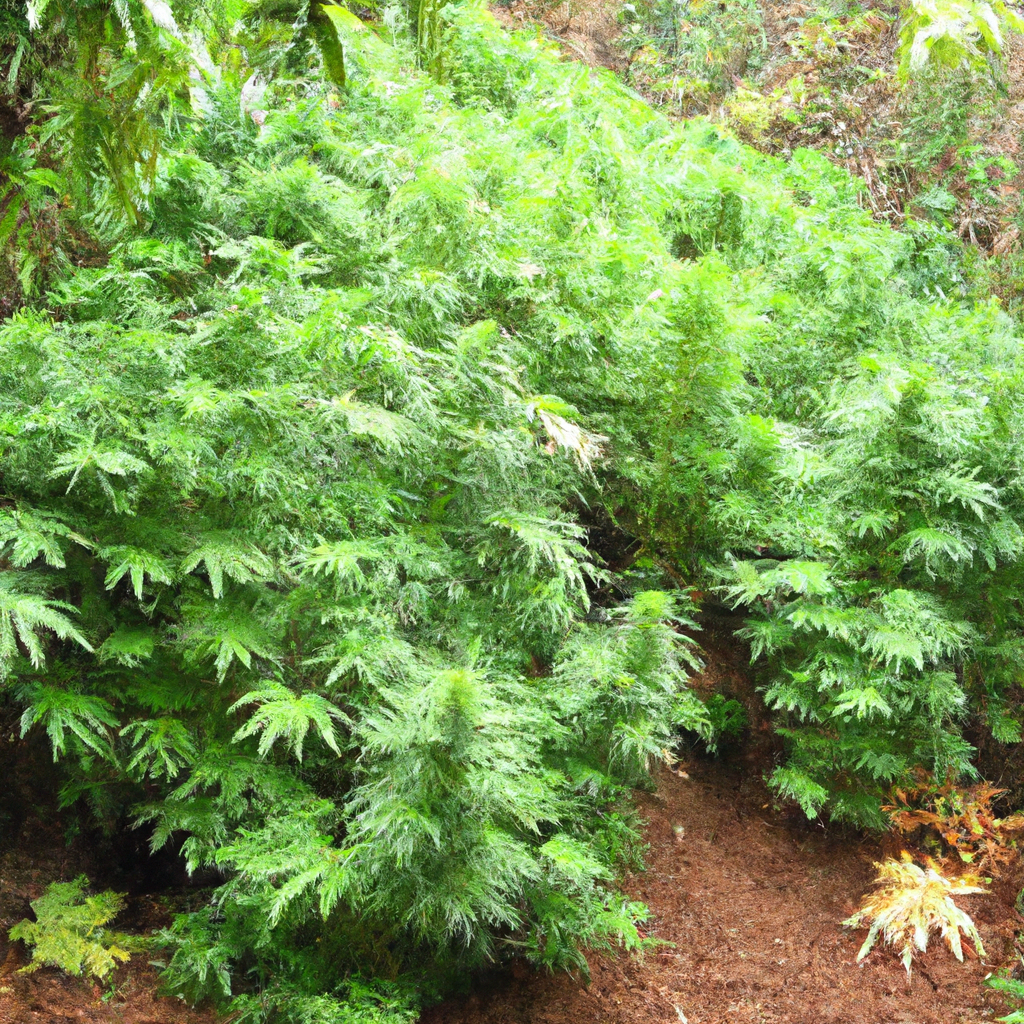John “Magic” Greenleaf shares insights on sustainable cannabis cultivation techniques. In this article, we explore the often-overlooked practice of mulching in cannabis cultivation. Let’s dive into how this simple yet effective method can revolutionize your grow operations while ensuring environmental sustainability.
Why Mulching Matters in Cannabis Cultivation
The concept of mulching is hardly new in agriculture, but it’s gaining significant traction within cannabis circles for its ability to improve plant health and reduce environmental impact. As a pioneer in phenotype selection and responsible cultivation, John Magic couldn’t stress enough the importance of integrating mulching into cannabis growing practices.
- Moisture Retention: By covering the soil surface, mulch minimizes evaporation, maintaining soil moisture levels and reducing the need for frequent watering.
- Temperature Control: Mulch acts as an insulating blanket, providing thermal stability to the root zone, crucial for cannabis plants enduring Colorado’s variable climate.
- Weed Suppression: A layer of organic material can inhibit weed growth, leading to less competition for resources like nutrients and light.
- Soil Fertility: As mulch breaks down, it enriches the soil with essential nutrients, promoting healthier root systems.
Types of Mulch and Their Benefits
Choosing the right type of mulch can make a significant difference in your grow operation’s sustainability metrics. Let’s overview some effective types:
| Type of Mulch | Key Benefits |
|---|---|
| Straw | Good for water retention and prevents soil compaction. |
| Wood Chips | Excellent for long-term soil health due to slow breakdown. |
| Compost | Rich in nutrients; boosts soil microbiome diversity. |
| Leaves | Abundant and free; improves soil structure and fertility. |
How to Incorporate Mulching into Your Cultivation
- Prepare the Soil: Start by clearing the area of weeds and debris. Make sure your soil has been appropriately amended for optimal cannabis growth.
- Apply the Mulch: Spread your chosen mulch evenly around the base of each cannabis plant, about 2-3 inches thick. Ensure that the mulch does not touch the plant stems, preventing potential rot.
- Monitor and Replace: Check regularly. As the mulch decomposes, add more material to maintain the desired thickness, ensuring consistent benefits.
Conclusion
Mulching is more than just a beneficial practice; it’s a commitment to sustainable cannabis cultivation. By weaving this simple technique into your growing routine, you not only nurture robust plants but also support the environment. It’s a win-win for both the cultivator and Mother Earth.
Remember, as John Magic says, “The altitude makes us tougher—and so does our weed.” Elevate your sustainable practices this season with the power of mulching!
For more tips on responsible and innovative cannabis cultivation, follow John Magic’s journey and gain more insights at MagicGreenGrow.com.


Leave a Reply